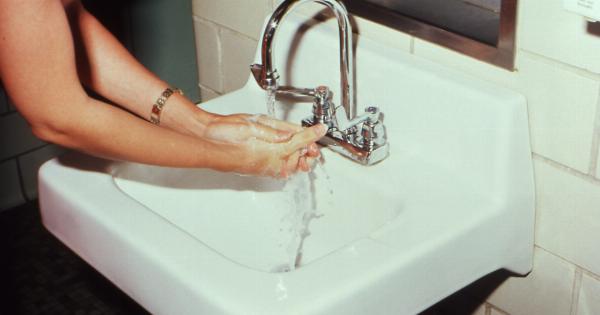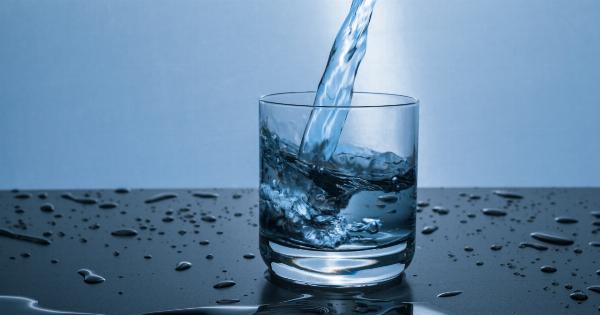Water is something that is essential for our well-being. We require water for cooking, drinking, cleaning, and washing. It is vital to ensure that the water we consume meets the required safety standards.
However, water can also pose a threat to our health if we are not cautious about its quality. In this article, we will explore how water can be dangerous and the steps we can take to ensure our well-being.
Contamination
One of the most significant concerns with water is contamination. Water can get contaminated through several sources, including chemical spills, sewage leaks, and microbial growth.
If contaminated water is consumed, it can cause severe illness, such as gastrointestinal disorders, vomiting, and diarrhea.
Waterborne Diseases
One of the most common ways that water causes illness is by introducing waterborne diseases into our bodies. These types of diseases happen as a result of bacteria, viruses, and parasites that are present in unclean water sources.
Some examples of waterborne diseases include cholera, typhoid fever, dysentery, and hepatitis A.
Chemical Hazards
Aside from illnesses from microbial contamination, water can also have chemical hazards. These pollutants can have severe health implications, such as cancer, reproductive issues, and damage to the liver and other organs.
Examples of these pollutants are lead, mercury, arsenic, and pesticides.
Fluoride and Chlorine
While fluoride and chlorine are added to water sources to kill bacteria and to prevent tooth decay, excessive consumption of these substances can also have adverse health effects.
Fluoride in high concentrations can lead to dental fluorosis, which can result in unsightly staining and disfigurement of teeth. Chlorine in high concentrations can cause respiratory issues, such as asthma and bronchitis.
Plumbing Issues
The water that enters our homes can also contain impurities that come from our plumbing. Older pipes and soldering materials can leach lead and other heavy metals into the water, which can be harmful to our health.
In addition to that, water can also pick up bacteria from stored sources, such as water heaters and tanks.
Steps to Ensure Safe Drinking Water
Now that we know some of the issues related to water and our health, here are some steps to take to ensure the water we consume is safe:.
- Check the public water system’s Consumer Confidence Reports (CCR) to find out what contaminants are present and in what amount. This report can be accessed from the Environmental Protection Agency’s (EPA) website or your local water supplier.
- If you have a private well, have it tested once a year for bacteria, nitrates, and any other hazardous substances that are present in your area.
- Install a home water filtration system. A filtration system can remove impurities, such as lead, pesticides, and chlorine that may be present in your water. Look for systems that have been certified by NSF International, an independent organization that sets public health standards for the water filtration industry.
- Use only cold water for drinking and cooking. Hot water can pick up impurities from your water heater, such as lead and other heavy metals.
- Keep your water storage tank and water heater clean and free of bacteria by flushing them out periodically.
Conclusion
Water is essential to our well-being, and it is crucial to ensure the water we consume meets the required safety standards. Water can pose a threat to our health in several ways.
However, by taking the steps mentioned above, we can enjoy clean and safe drinking water, which is essential for our overall health.






























